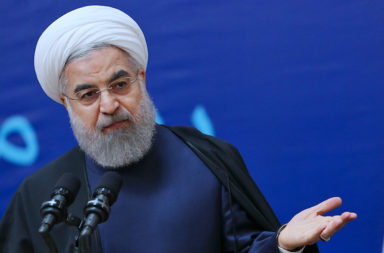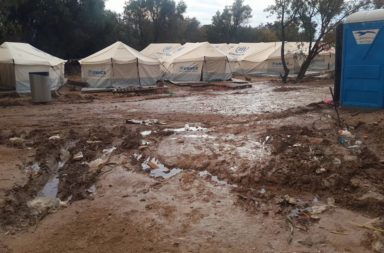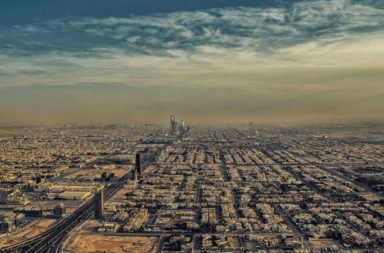- Human rights advocates call for removal of the Gulf state from the United Nations’ human rights council.
- Saudi Arabia routinely executes minors and has a state-sponsored program of discrimination against women and minorities.
- The Arab country is also under increasing pressure following its sponsorship of bombing runs in Yemen with death-toll of 10,000.
- The United Nations human rights watchdog has condemned Saudi Arabia’s record of state-sanctioned abuse against children, women and minorities, urging the repeal of laws that allow stoning, amputation and flogging in the oil-rich Middle East country.
#SaudiArabia: #UN calls on gov to repeal laws allowing stoning & execution of children; violates rights of the child https://t.co/9Ham2znWM7
— Jared Genser (@JaredGenser) 10. Oktober 2016
The 18-strong UN Committee on the Rights of the Child produced a damning report that highlighted the sexual violence and discrimination faced by children within the Gulf state and attacked the execution of minors “after trials falling short of guarantees of due process and a fair trial.”
The committee found that out of 47 people executed in January for security offences, 4 of those were under 18.
In response to the report, the Saudi Human Rights Commission stated that Sharia law remained above all other forms of laws or treaties, including those with the United Nations, but with a concession from chairman Bandar Bin Mohammed Al-Aiban that the state did have the political desire to protect children.
A woeful record of human rights
- According to Human Rights Watch, large numbers of human rights advocates are currently imprisoned for criticizing the government or calling for political reforms.
- Saudi Arabia discriminates openly against women and religious minorities. The Gulf State has the dubious honor of being the only country in the world where women are forbidden to drive.
- Homosexuality is a forbidden topic in Saudi Arabian society and punished with imprisonment and capital punishment.
- Torture of detainees is common. Reportedly, beating, suspension by the limbs and sleep deprivation are some of the most common methods. Victims include protesters and activists who are held for weeks without charge.
- In January of this Saudi Arabia executed 47 people for terrorism-related offenses and security concerns, including Shia cleric Nimr al-Nimr, convicted following a deeply flawed and controversial trial, and 4 minors.
- The Saudi-led coalition’s airstrike campaign against Houthi forces in Yemen has drawn widespread condemnation for it’s high civilian casualty rate and use of banned cluster bombs. A Yemeni wedding party was recently bombed with a death toll of 140 civilian casualties.
What next for Saudi Arabia and Yemen?
Human Rights Watch and Amnesty International have both called for Saudi Arabia to be removed from the UN human rights council. Under its charter, any member that undertakes “gross and systematic violations of human rights” can be removed by a two-third majority of the General Assembly.
Saudi Arabia is facing increased scrutiny from the international community following its actions in Yemen but the Gulf state’s geopolitical position in a highly volatile region means that UN members are often reluctant to apply too much pressure.
In March 2015 a coalition of Saudi Arabia and other Sunni Arab states intervened in an attempt to block and reverse the progress made by rebel Houthis, who ousted Abed Rabu Mansour Hadi and took power in the capital. The forces are commonly regarded as a proxy for Shiite power Iran.
However the increasingly bloody Yemen offensive that has already taken the lives of over 10,000 people has called into question international support for the Saudis. The US, a long term ally, released a statement on the attack voicing the administration’s “serious concerns about the conflict in Yemen and how it has been waged.”
In addition Washington announced an immediate review of financial aid to the Gulf state after it was revealed that the Saudi’s bought $20 billion worth of weapons from the US in 2015.
Photo credit: Flickr/ Violaine Martin





